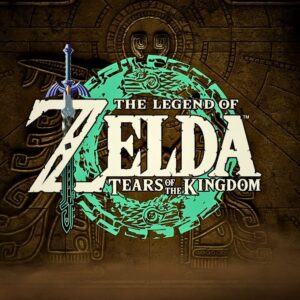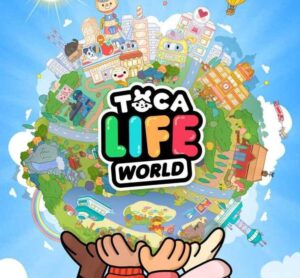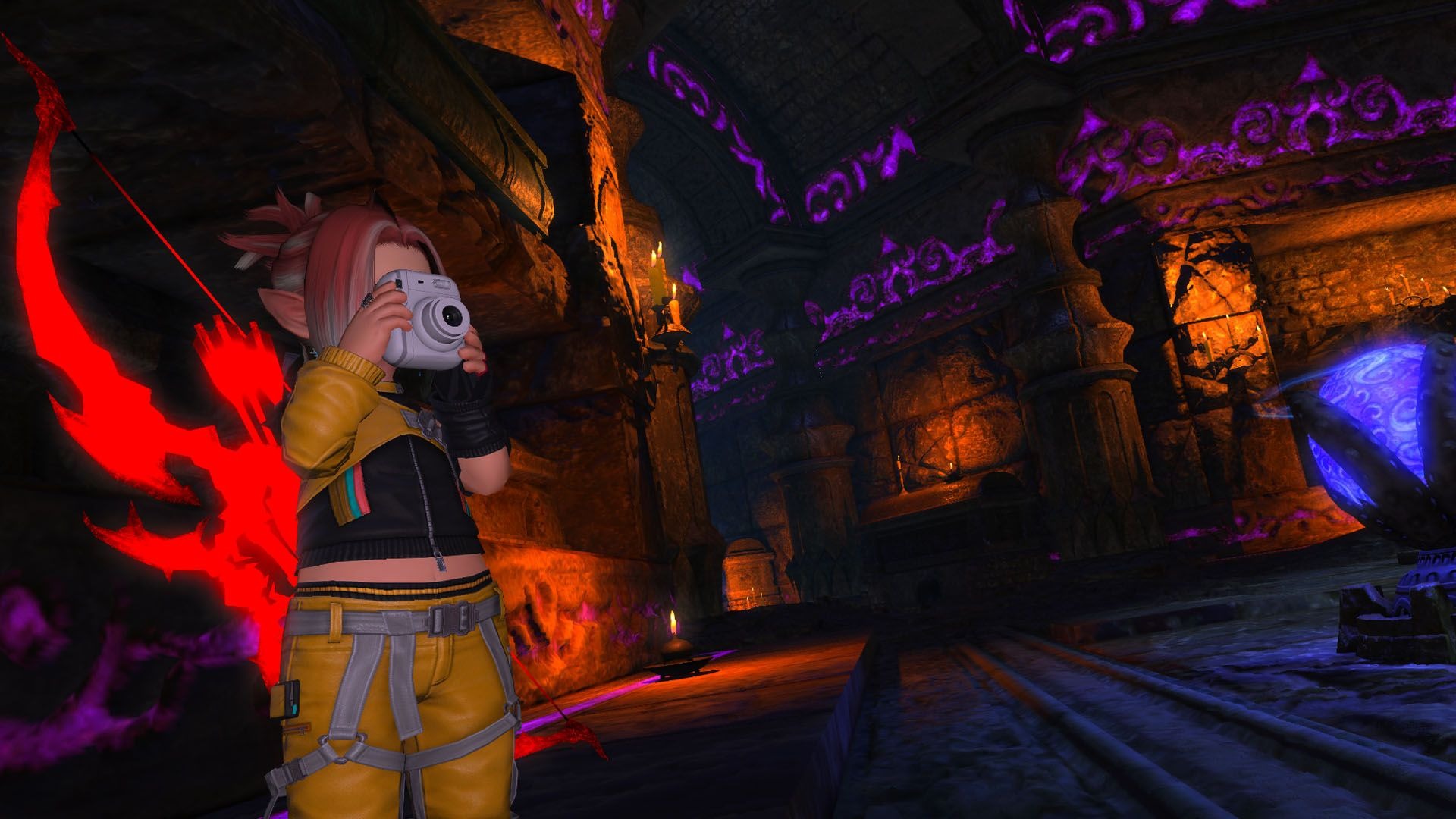Deep Dungeons: How Final Fantasy XIV’s Roguelike Mode Became a Solo Player’s Sanctuary
Popular Now
 Call of Duty
Call of Duty
 Toca Boca World
Toca Boca World
 Geometry Dash
Geometry Dash
 BeamNG.drive
BeamNG.drive
 League of Legends
League of Legends
 PUBG Mobile
PUBG Mobile
 Valorant
Valorant
 Warframe
Warframe
 R.E.P.O
R.E.P.O
 Among Us
Among Us 
For years, a common criticism of MMORPGs has been their reliance on group content, often leaving solo players with limited, repetitive, or unrewarding endgame options. Final Fantasy XIV, a game celebrated for its rich, story-driven single-player experience, has found a brilliant solution to this problem with its “Deep Dungeons.” These roguelike-style modes have become a cornerstone of the game, providing a constantly evolving and challenging experience that has earned a dedicated following, particularly among those who prefer to brave the world of Eorzea alone. As new content like the recently revealed “Pilgrim’s Traverse” for Patch 7.35 continues to expand on the formula, it’s clear that this unique blend of roguelite progression and traditional MMO mechanics is a powerful engine for player retention.
The “Deep Dungeons” system, which includes fan-favorites like the Palace of the Dead and Heaven-on-High, is a masterclass in providing a truly engaging solo experience within a massively multiplayer world. Rather than simply being a static gauntlet, these dungeons are procedurally generated, ensuring that no two runs are ever the same. Each descent into the depths is a fresh challenge, forcing players to adapt on the fly and make strategic decisions based on the ever-changing layout and enemy encounters. This high degree of replayability is a key factor in keeping players invested for hundreds, if not thousands, of hours.
The Perfect Balance of Risk and Reward
What makes the Deep Dungeons so captivating is their innovative prog ression system. Players enter with their character level synced down and their gear rendered moot, instead relying on unique “aetherpool” arms and armor that can only be upgraded within the dungeon itself. This clever design choice puts all players on an even playing field, regardless of their main game progress or gear level. The grind for aetherpool upgrades, which carry over from run to run, creates a compelling sense of long-term achievement and a clear path to becoming more powerful, a rewarding loop that resonates deeply with the core appeal of the roguelite genre.
ression system. Players enter with their character level synced down and their gear rendered moot, instead relying on unique “aetherpool” arms and armor that can only be upgraded within the dungeon itself. This clever design choice puts all players on an even playing field, regardless of their main game progress or gear level. The grind for aetherpool upgrades, which carry over from run to run, creates a compelling sense of long-term achievement and a clear path to becoming more powerful, a rewarding loop that resonates deeply with the core appeal of the roguelite genre.
Beyond the aetherpool, players discover and utilize “Pomanders”—temporary buffs and abilities that can turn the tide of a difficult encounter. Finding a rare Pomander of Strength or a life-saving Pomander of Safety can be the difference between a successful run and a heartbreaking defeat. The risk of losing all progress upon a single death on later floors adds a thrilling, high-stakes element that is rarely found in traditional MMO content. For solo players, this is a crucible of skill and strategy, with the ultimate reward of a unique title like “The Necromancer” or “The Lone Hero” for completing a full solo run—an achievement that is both incredibly difficult and highly coveted.
 A Path Forward for the MMO Genre
A Path Forward for the MMO Genre
The success of FFXIV’s Deep Dungeons has not gone unnoticed by the development team. The upcoming “Pilgrim’s Traverse” in Patch 7.35 is set to introduce a series of quality-of-life improvements and new mechanics that promise to make the content even more accessible and engaging for a wider range of players, including:
- More Forgiving Checkpoints: A welcome change that will prevent the frustration of losing hours of progress on a single mistake.
- The Final Verse (Quantum) Boss Challenge: A new, customizable boss fight that can be repeatedly challenged outside of a full dungeon run, offering a valuable practice tool and a rewarding new form of content.
- Updated Queue Systems: Allowing for greater flexibility in how players can tackle the content, whether with a fixed party or through matchmaking.
This commitment to refining the Deep Dungeon experience shows that Square Enix understands the value of catering to different playstyles, especially the growing demographic of solo players. While other MMOs often focus solely on large-scale raids and PvP battles, Final Fantasy XIV is doubling down on its strengths as a flexible and rewarding RPG. The roguelike mode is not just a side activity; it’s a vital, living piece of the game that provides a continuous stream of challenging, skill-based content that is perfect for when you want to log in and play at your own pace. With the new updates on the horizon, the future of FFXIV’s solo content has never looked brighter, proving that a well-designed roguelite can be the key to long-term success in the competitive world of MMOs.








 A Path Forward for the MMO Genre
A Path Forward for the MMO Genre